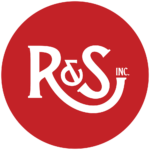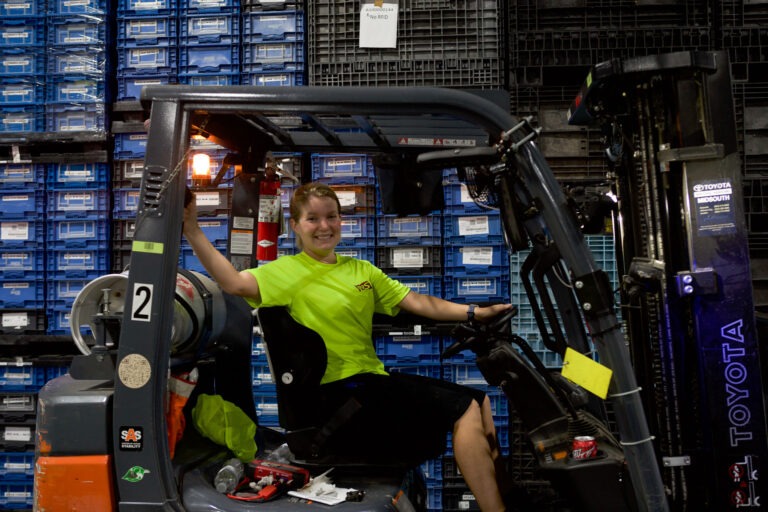Inventory management of manufacturing parts, materials, and maintenance supplies across multiple locations can be incredibly challenging. Storage space is limited, and the costs of downtime due to part shortages or delays are substantial. Fortunately, there are strategic approaches companies can take to enhance their parts and maintenance inventory management despite these constraints. The following are best practices that leading manufacturers employ to maximize efficiency within their distributed networks.
Centralize Inventory Where Possible
One way to gain more control over inventory levels while reducing redundant stockpiling is to centralize commonly used items at a main warehouse location. Analyze consumption patterns to identify which parts and supplies are consistently needed across different plants. These centralized items can then be shipped as needed to each site on a just-in-time basis from the primary warehouse. This avoids taking up precious floor space with slow-moving stock and minimizes the risk of items expiring before use.
Implement Pull Systems
An agile management method built on a philosophy of continuous improvement, like Kanban, can work for inventory that needs to remain somewhat decentralized for responsiveness. The pull-based replenishment system uses visual signals to trigger the movement of materials only as required.
Locations maintain very low levels of critical parts on-site but are automatically restocked from the central warehouse based on consumption. This inventory control system used in Just-In-Time (JIT) manufacturing keeps stock lean while ensuring uptime. Other pull systems that can be implemented include milk runs, where replenishment orders are consolidated and delivered to locations on set schedules.
Another option is blanket orders that maintain a base stock level at each site, with automatic reorders triggered once usage drops below that level. Pull replenishment through Vendor Managed Inventory programs also allows suppliers to monitor inventory directly based on consumption data shared by the customer.
Leverage Technology for Improved Visibility
Having accurate and up-to-date visibility into inventory levels across your distributed network is crucial for optimizing the parts and maintenance supply chain. Outdated or incomplete data can lead to inefficiencies like over-ordering, stockouts, and excess inventory carrying costs. Implementing automated tracking and reporting technologies provides the transparency needed to make data-driven replenishment decisions.
Gaining real-time visibility starts with applying radio frequency identification (RFID) tags to parts and bins to automatically track movement in and out of warehouses and between facilities. Pair this with a cloud-based warehouse management system (WMS) to centrally consolidate data from all locations.
An advanced WMS solution lets you see inventory levels and consumption trends across your entire operation from a single dashboard. It also offers predictive analytics capabilities that can anticipate future inventory needs. This eliminates inefficiencies in the supply chain and enables a more proactive replenishment approach rather than simply reacting to shortages.
Consider Third-Party Management
Outsourcing parts or maintenance inventory management to a third-party logistics (3PL) provider can deliver significant efficiencies for manufacturers. 3PLs have extensive warehouse networks that allow them to consolidate inventory from several customers, maximizing space utilization. Their scale also enables the centralized management of complex replenishment programs across many distributed sites.
Companies can free up valuable internal warehouse space that can be reallocated for other high-value uses, like expanded production lines. 3PLs also utilize sophisticated warehouse management systems and data analytics to maintain high service levels while keeping inventory costs low.
Shifting inventory responsibility to a 3PL effectively shifts carrying costs off a company’s books as well. This outsourced model takes advantage of economies of scale for storage and transportation. Partnering with a 3PL can deliver a leaner, more efficient parts and maintenance supply chain for manufacturers with space constraints or those seeking to focus on core competencies.
If you’re ready to streamline your internal supply chain, contact us at R&S today. We are a leading 3PL that provides extra-value services such as centralized warehousing, pull-based replenishment systems, advanced tracking technologies, and more. Our team is well equipped to support your manufacturing operations with ease.


